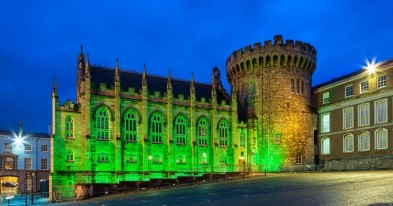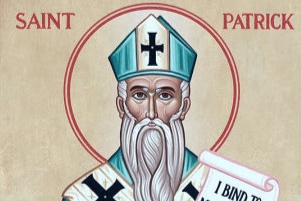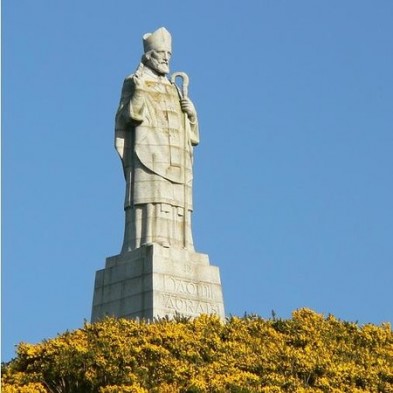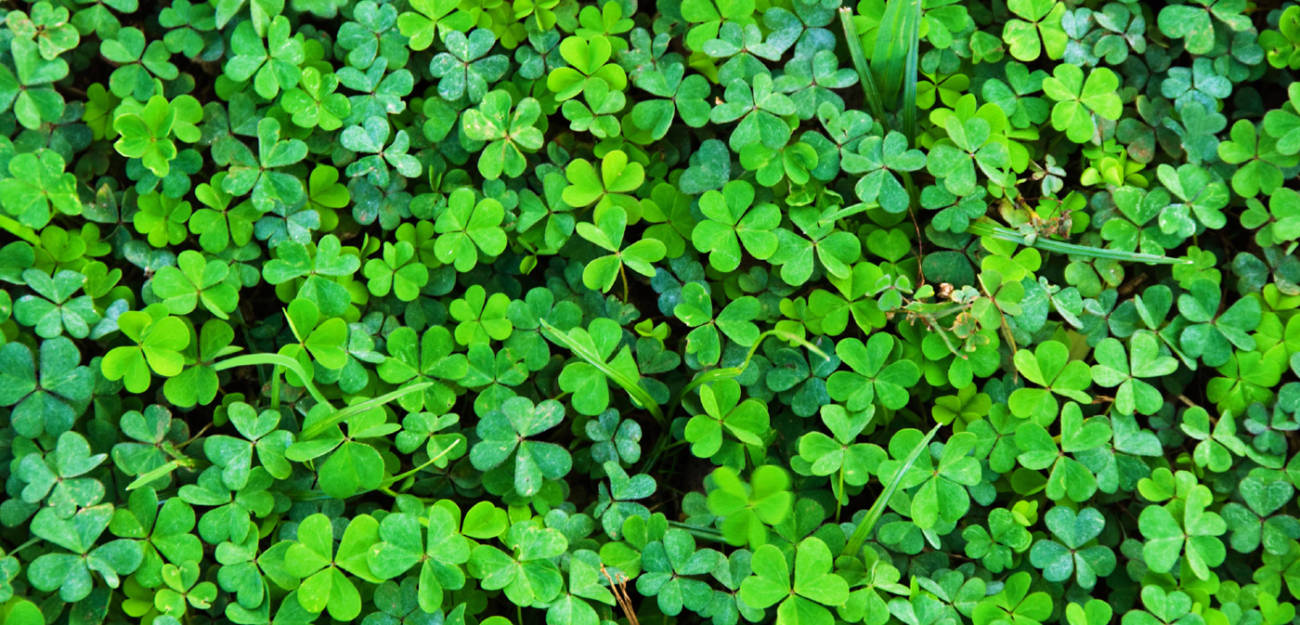Surprising Saint Patrick
A man dressed in blue who hails from Wales? There’s a lot to discover about Ireland’s patron saint.
Once upon a time, March 17th was a quiet day of prayer and contemplation in Ireland. The schools were closed, businesses were closed, and even the pubs were shut… It’s still both a religious occasion and a public holiday, but the way we mark the Feast Day of Ireland’s Patron Saint has changed.
It wasn’t until the late 1970s that the bars of Ireland were opened to celebrate the Saint’s Day. Before then, if you wanted to experience any of that legendary Irish craic, you had to go overseas. The famous St Patrick’s Day Parades, which now take place in almost every town and village in Ireland, weren’t even born within these shores.
Times have changed, and the St Patrick’s Festival in Dublin now runs for five whole days – and nights. Including music, theatre, story telling, walking tours, family events and, of course, the centrepiece parade: Dublin City really does go green – as do famous landmarks around the world. Last year sites from the fountains in London’s Trafalgar Square to New York’s Empire State Building, Niagara Falls to the Leaning Tower of Pisa, and from the Sydney Opera House to the Burj Al Arab in Dubai were illuminated in Ireland’s national colour.

But what about Saint Patrick himself? As most Irish people know, Patrick was born across the water. In his own writings, he refers to his home place as “Britannia”, and while some say it was lowland Scotland, most believe he came from what is now Wales. Irish slavers captured Patrick – who at this stage in his life was still called Sucat – and brought him to these shores, where he remained a slave for six years, tending sheep in County Antrim.
If it’s hard enough to imagine saying “Happy Saint Sucat’s Day,” it’s harder still to picture all those global landmarks illuminated in blue – but green only entered the tradition in the 19th century. Before that, Patrick was pictured wearing shades of azure. And what about the parades? The first St Patrick’s Day Parade was held in 1737 in Boston, USA. New York followed thirty years later, and Ireland didn’t join the party until 1903 – in Waterford. The Dublin parade was a really late starter – in 1931.

Before the parades in Ireland, there were, however, very glamorous St Patrick’s Day Balls. There was no such thing as a drinking ban for the nobility in the Georgian era, which was the heyday of the Merrion’s buildings. The Dublin Social Season ran from January until St Patrick’s Day, and so enamoured of Ireland’s saint were the British, that in 1783, the then Viceroy of Ireland, George, the 1st Marquess of Buckingham, presided over the foundation of Ireland’s new order of chivalry: The Order of St Patrick.
The Order of St Patrick was designed to be one of the highest accolades for loyal peers. Buckingham’s career ended in ignominy – but he did oversee (and pay for) a magnificent ceiling painting, by Vincenzo Waldré, which shows St Patrick converting the Irish to Christianity. You can still go and see it, in St Patrick’s Hall at Dublin Castle, to this day.
Like all saints, Patrick’s life is a mixture of history, myth and legend; and one of the latter is the story that he banished the snakes from Ireland by chasing them into the sea. Unfortunately for the more romantically minded, most scientists agree that there never were any snakes here in the first place.
And, finally, why March 17th? The date marks the day Patrick died, in Saul, County Down, in 461. He had returned, aged in his forties, to preach the gospel in Ireland, and is buried in the grounds of Down Cathedral, in Downpatrick. Over one thousand years later, an Irish Franciscan friar named Luke Wadding, from Waterford, persuaded the Pope to make March 17th an official Feast Day – which is also why the first Irish parade was in Wadding’s home city. Wadding died in Rome, but you can see his portrait (by Carlo Maratta) in Dublin’s National Gallery.
So, from a Welshman called Sucat, wearing blue; to the green-hued patron saint of Ireland, Patrick has come on a long journey – surely something worth both blessing and celebrating. Beannachtaí na Féile Pádraig oraibh, as we like to say!
PS: while Patrick, (and Paddy, Padraig, Paudie, Pat) is now one of the most popular Irish names; for centuries it was considered far too holy. Irish people didn’t start using the name for their own, generally far less saintly children, until sometime in the 1600s.



